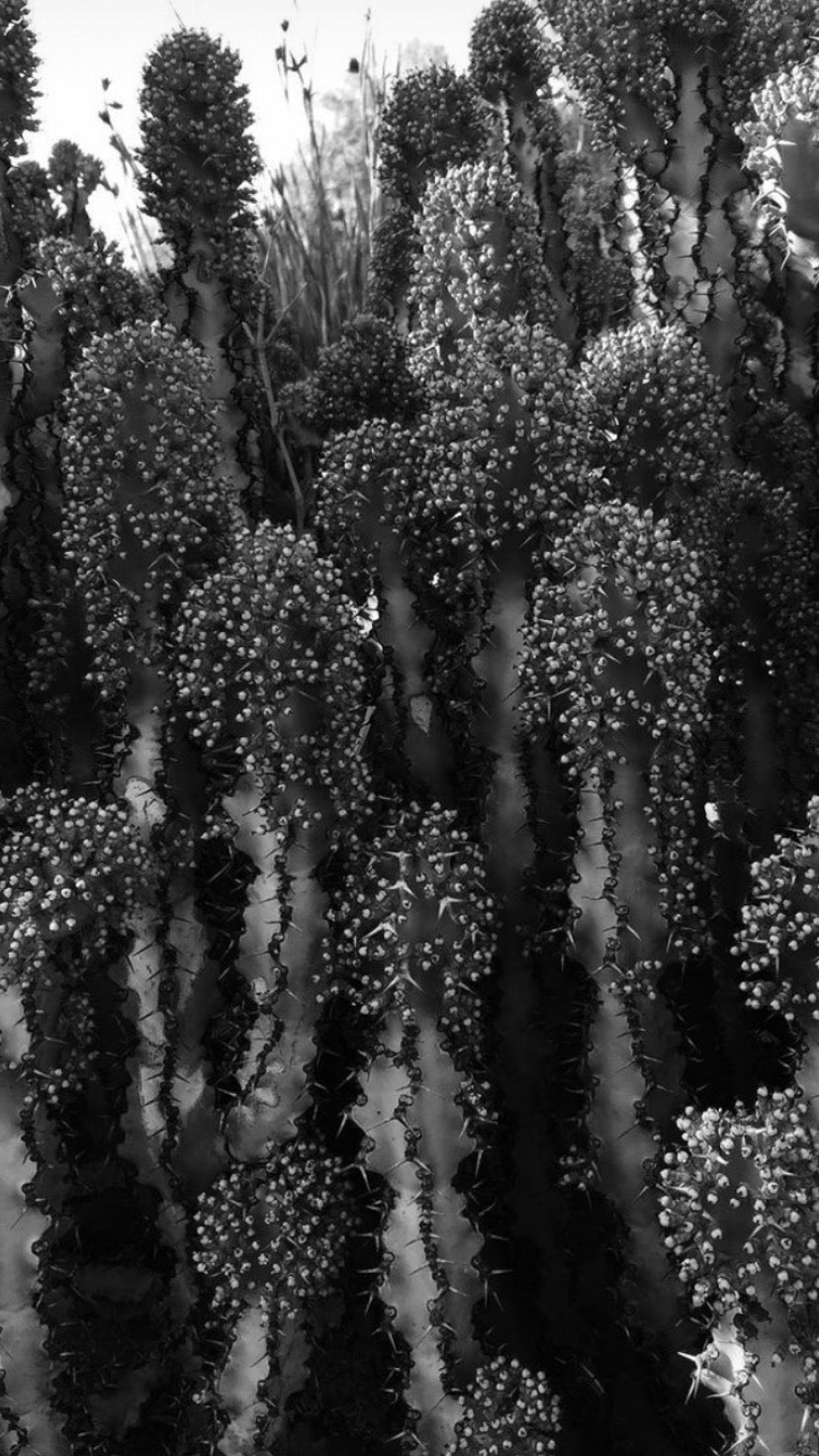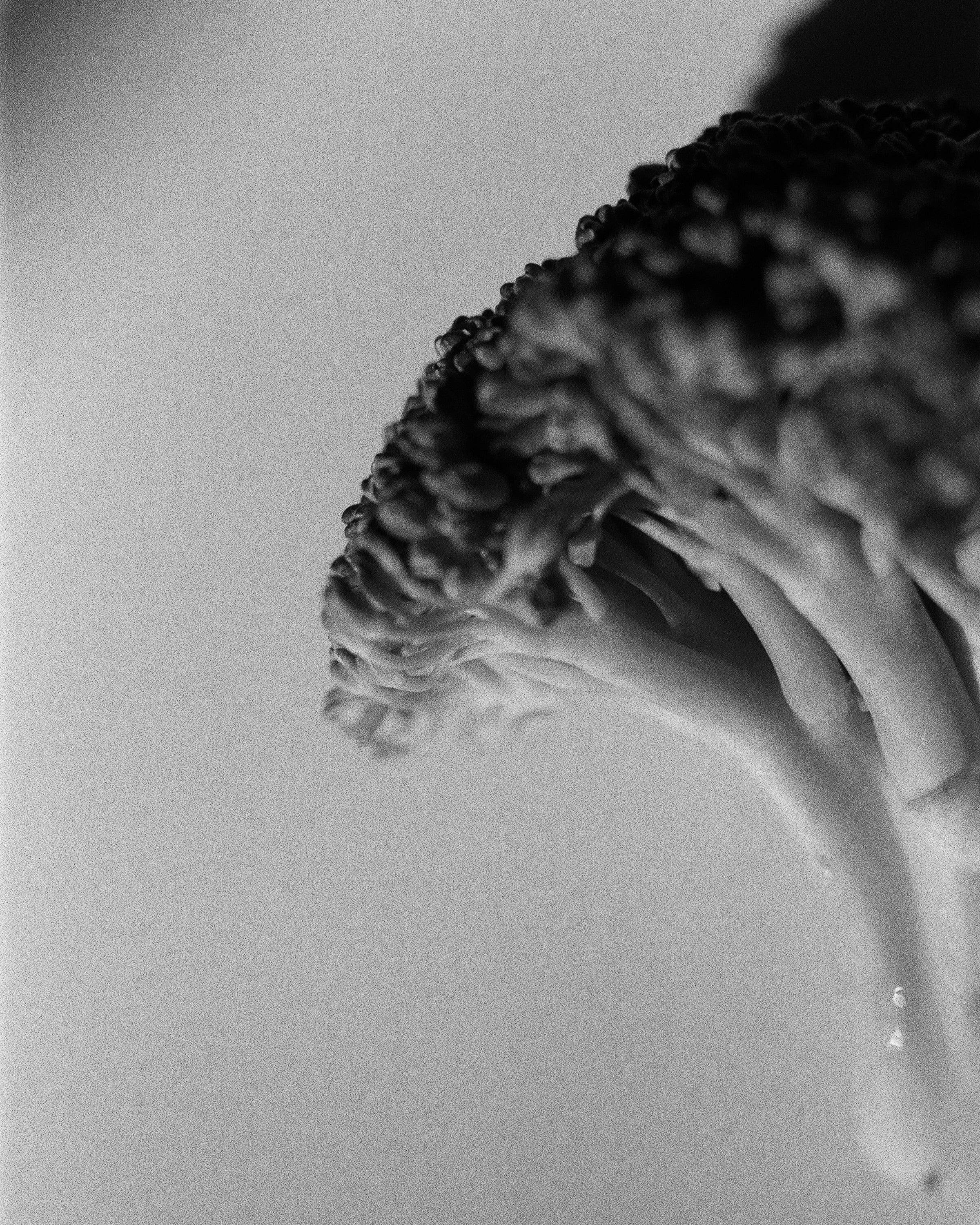You may not know this, but California has a vibrant and diverse ecosystem that doesn't exist anywhere else on earth; it possesses more plant species than any other state in the USA. At least ⅓ of California's plant kingdom is native to the golden state. For this reason, ecologists consider the state's extraordinary ecosystems a "biodiversity hotspot."
California is one of the only biodiversity hotspots in the United States with a complex history of tectonic plate movement, which led to the formation of various soils and sediment types. These diverse soils and geological profiles account for extraordinary plant biodiversity, creating the perfect environment for growing an extensive array of plants.
As a result, several plants that grow in the state aren't found anywhere else in the world - thus attracting awe-inspiring flora, fauna, and fungi that host various animal species like unique birds and wildlife that can't be encountered anywhere else on the planet.
Due to the unique and rich soil types, California growers and producers have a unique opportunity to cultivate certain foods; as a result, a vast range of food and crops can be efficiently grown. For example, California produces 90% or more of the U.S. supply of almonds, artichokes, avocados, celery, broccoli, lettuce, plums, lemons, and several berries. In addition, the Mediterranean climate in California allows the soil to grow many crops that aren't grown anywhere else in the United States.







